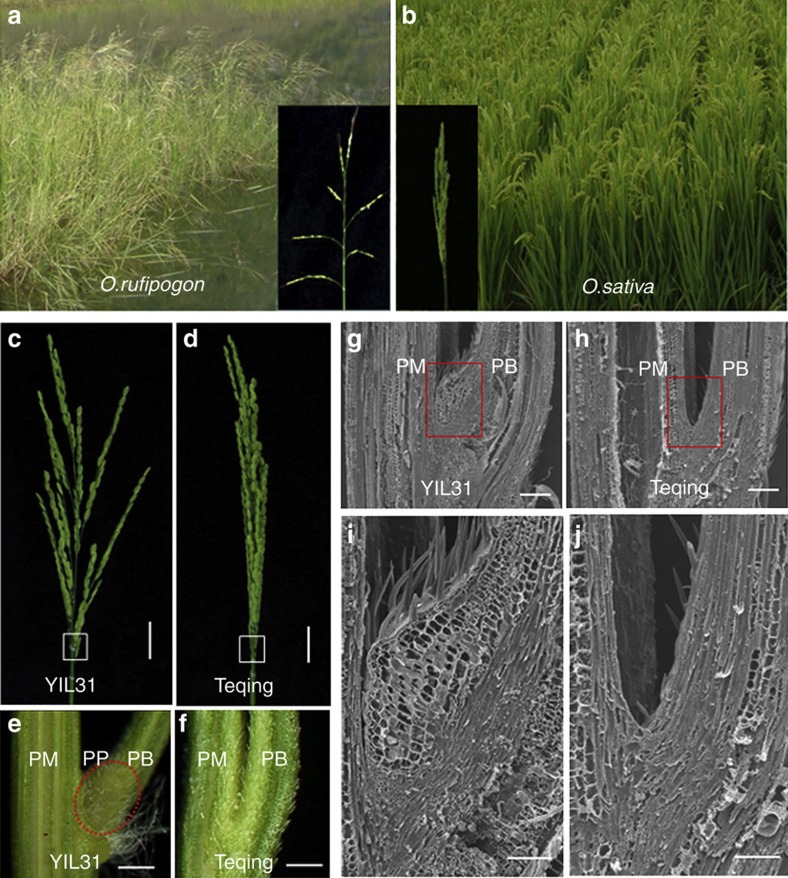Figure 1. Phenotype characterization of wild rice and cultivated rice.
(a,b) Phenotypes of O. rufipogon (a) and O. sativa (b). (c,d) Panicle of introgression lines YIL31 (c) and Teqing (d) at the heading stage. Scale bars, 3 cm. (e,f) Micrographs of the panicle internode of YIL31 (e) and Teqing (f) magnified from the boxed region in c,d, respectively. PM, panicle main axis; PB, panicle branch; PP, panicle pulvinus. Scale bars, 0.5 mm. (g–j) Scanning electron micrographs showing a longitudinal section of panicle internodes from introgression lines. YIL31 shows elongated parenchyma cells in the spread panicle (g,i) that are absent in the compact panicle phenotype of Teqing (h,j). Scale bars, 200 μm (g,h) and 100 μm (i,j).

